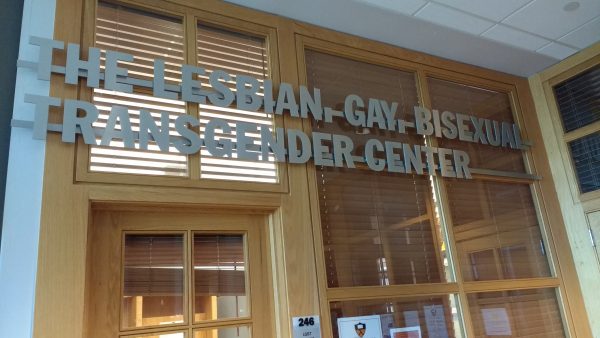As prospective freshmen across the country gear up for the start of their college career, many would find their destined campuses a much more inclusive place than that of just a decade ago. Indeed, at the turn of the millennium, leagues of higher institutions declared it a priority to embrace inclusion and diversity, spearheading for the first time support programs for students from marginalized and disadvantaged backgrounds. The same extends to LGBTQ students, as universities revamped health services to address the needs of gender non-conforming, and in a more recent development, increased accessibility to gender neutral housing.
And for the nationally top-ranked Princeton University, this fall marks the first semester when students of all classes – including incoming freshmen – can choose to live in a gender neutral dorm room. This redrawn policy, a much needed and overdue accommodation for LGBTQ students, came after three years of advocacy and deliberation that marked no easy task for visionaries of change. The final push began with a petition launched the summer of 2016 signed by over 140 undergraduates demanding that all students be allowed to opt-in for gender neutral housing and form room draw groups with friends of their choice regardless of class year and gender. The petition was accompanied by compelling narratives from LGBTQ students who recounted the personal struggles of limited lodging accommodations when only 10 percent of campus dorms weren’t designated as gender-specific–these include private bathrooms and showers–and the majority went to upperclassmen who occupied the top of the drawing queue.
“In my junior year, I drew into a single room, where there was a single stall restroom around the corner. I used this bathroom most of the time, but it didn’t have a shower,” reads one impassioned testimonial from Lafayette Matthews, who is transgender. “My dormitory assistant never sent out the code for the women’s room and I was too embarrassed to ask anyone (because I didn’t identify as a woman) so for the first week I ventured into the showers in the men’s room down the hall,” he wrote.
Matthews was terrified of someone pulling back the curtain and harassing or hurting him, he explained.
In another post, an anonymous gender queer person described the former housing policy as a constant reminder that their gender isn’t real.
“To me, gender neutral housing isn’t just about being allowed to live with my friends or getting a special fancy suite. It’s a way of legitimizing the fact that my gender doesn’t define my living situation, and that I don’t need to fit into a box of M or F to live on this campus,” they wrote.
Their voices were finally heard by the administration later that year. After passing an Undergraduate Student Government committee overseeing life student with a unanimous vote, the proposal to reform gender neutral housing found its way to the housing office. The University ultimately rolled out a new set of guidelines earlier this spring, marking all multiple-occupancy rooms on campus as gender-inclusive. This reform guaranteed enough number of accommodations for the LGBTQ community on campus and even informed first-year students of these option.
For the 40 or so students arriving for the first time on Princeton’s campus each year who identify as LGBTQ, this policy amendment is sure to bolster a sense of home. Indeed, this mindset of inclusion has been adopted elsewhere, with over fifty American colleges across diverse regions offering this accommodation.
As a matter of fact, at the forefront of the movement for gender-inclusive housing is George Washington University in DC. In 2010, George Washington University announced that the gender neutral housing will no longer bear restrictions on residence hall and applicant class year. Students will simply answer affirmatively to the question surveying for gender neutral preference and indicate their preferred roommate(s) on their housing application to be placed into these rooms.
Similarly, in American University, Roper Hall, home to the Social Justice Living Learning Community, has opened its doors to gender neutral housing. American University also installed more than two dozen gender neutral restrooms, some of which are multi-user.
“Safe housing for transgender students is not extra privilege, it can mean the difference between a healthy and successful year and a traumatic one,” says recent Princeton graduate Becca Bedell who identifies as a trans woman.


